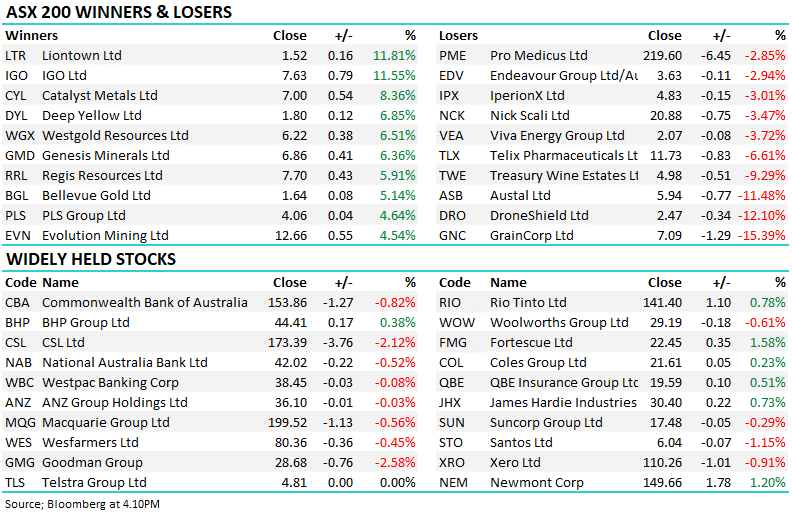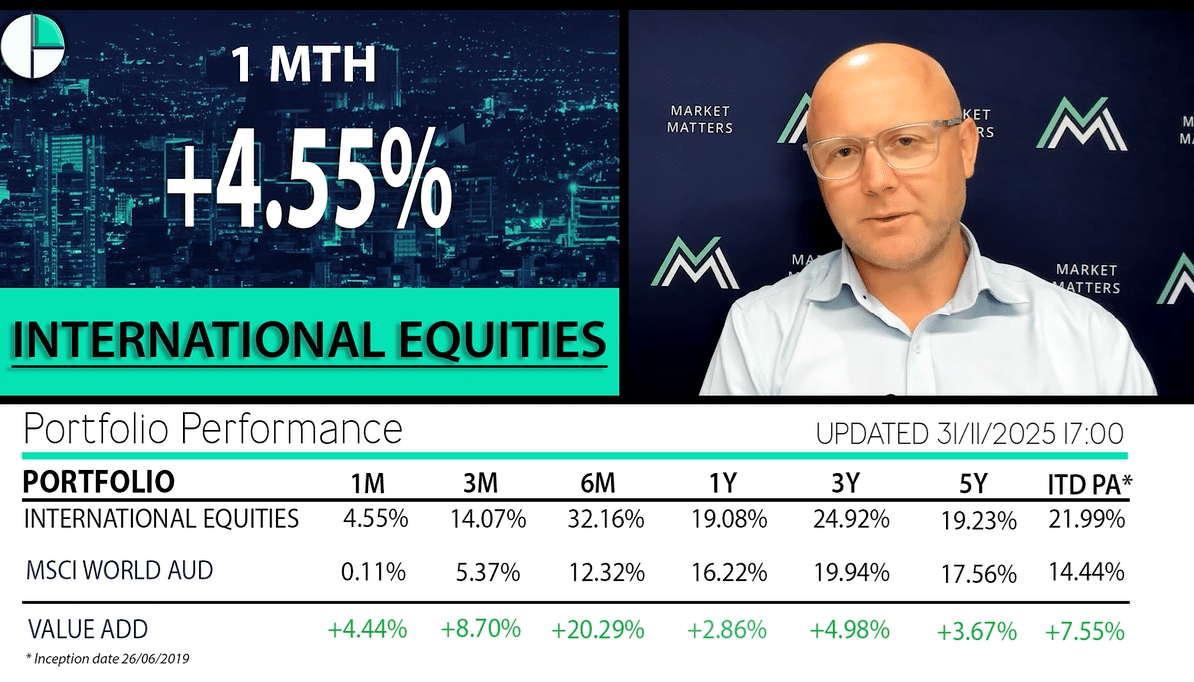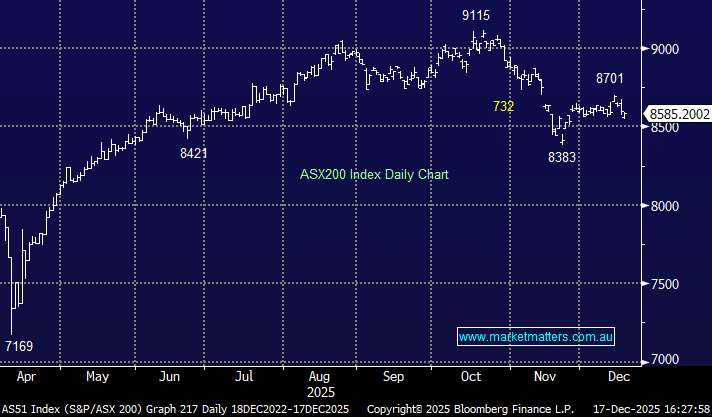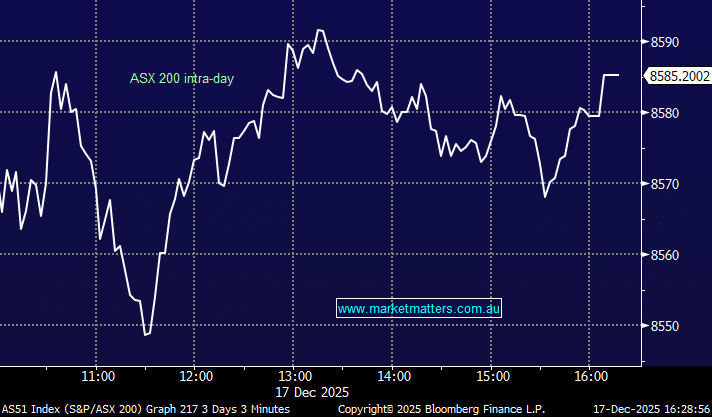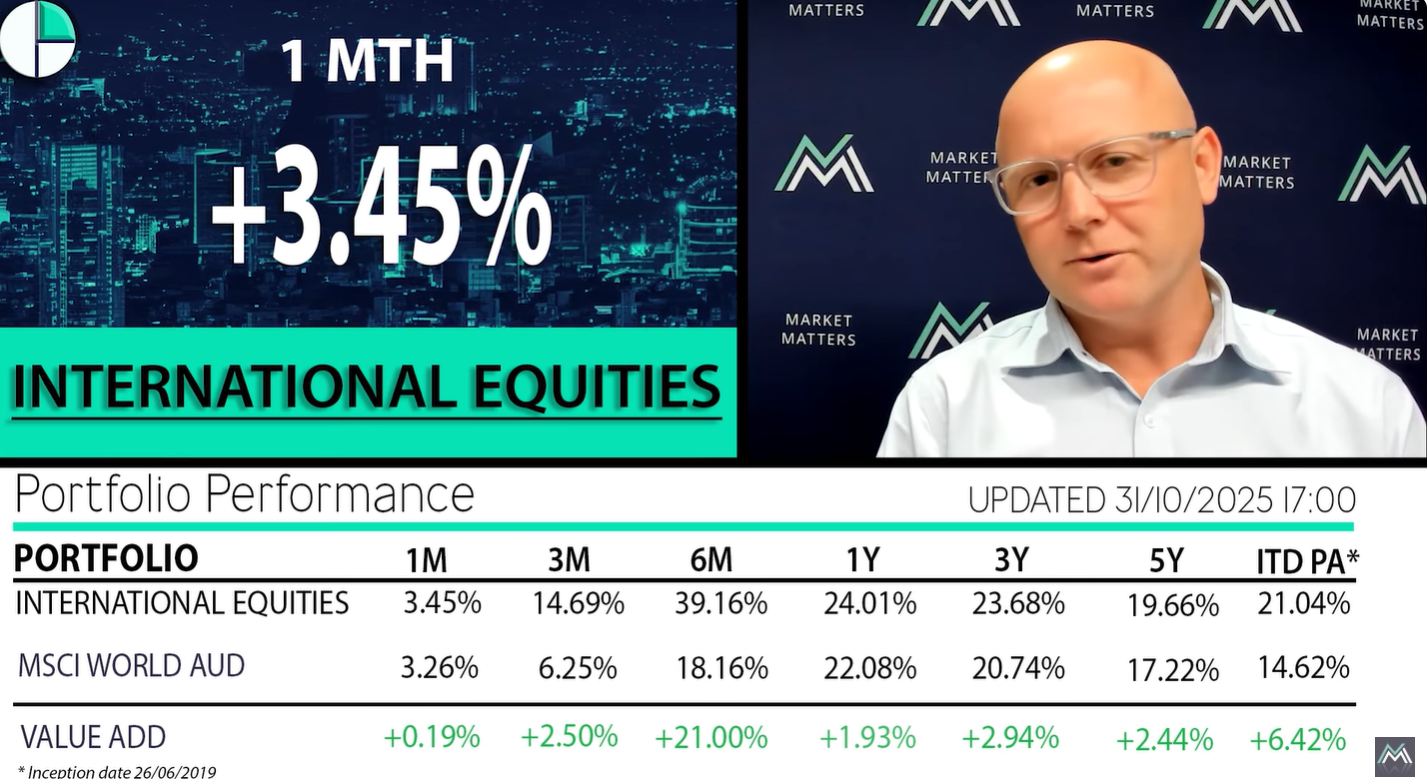Hi Ben,
At MM we only provide General Advice hence we will answer accordingly. The simple answer comes down to what you’re looking for – and that’s a decision for you. The Growth Portfolio for example is a higher beta, more volatile approach, for growth focused investors. The Income Portfolio is lower risk, generally lower return, but more defensive (i.e less volatility, more certainty).
It’s why we publish a selection of portfolio’s that may suit a variety of goals and investor types. Each portfolio is also open for investment via MM Invest Direct – many subscribers select to invest across a mix of 2 or 3 – diversification is the only free lunch in investing!
- Active Growth: The Strategy aims to provide an active exposure to Australian large-cap shares. Returns will be achieved through a combination of capital appreciation and income with an overall objective of outperformance of the S&P/ASX 200 Accumulation Index over the medium term (3 years).
- Active Income: The strategy aims to provide a high level of regular tax-effective income with lower volatility than the underlying share market by actively managing a portfolio of high yielding equities combined with ASX listed income securities such as debt and preference securities that offer diversification benefits to both Australian equities and cash or term deposits.
- Emerging Companies: The strategy aims to provide an active exposure to Australian emerging companies defined as all listed stocks outside the S&P/ASX 100. Returns will primarily be achieved through capital appreciation rather than income with an overall objective of outperformance of the S&P/ASX Small Ordinaries Index over 5 years.
- International Equities: The strategy aims to provide an active exposure to International large-cap shares, targeting reduced volatility than the index. Returns will be achieved primarily through capital appreciation with an overall objective of outperformance of the MSCI World Accumulation Index (AUD) over the medium term (5-7 years).
- Core ETF Portfolio: The strategy aims to provide a diversified exposure to ASX Listed ETFs that include domestic and international equity, fixed-income and alternative asset ETFs to populate a core portfolio within a well-defined (yet dynamic) asset allocation structure, broadly considered to be a balanced approach of approx. 60% growth assets and approx. 40% defensive assets.


